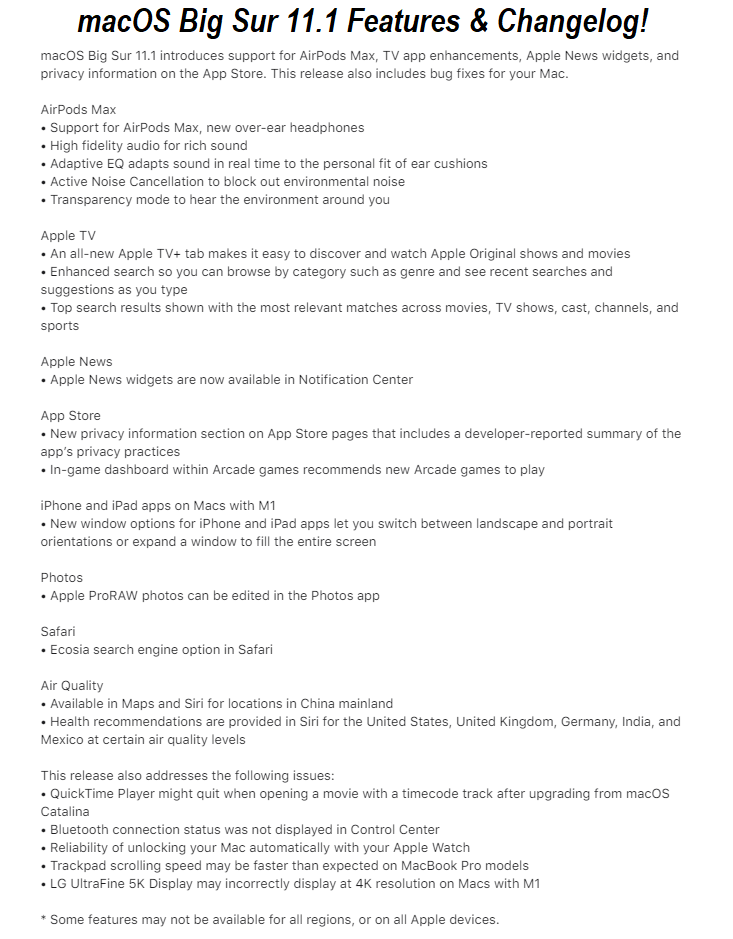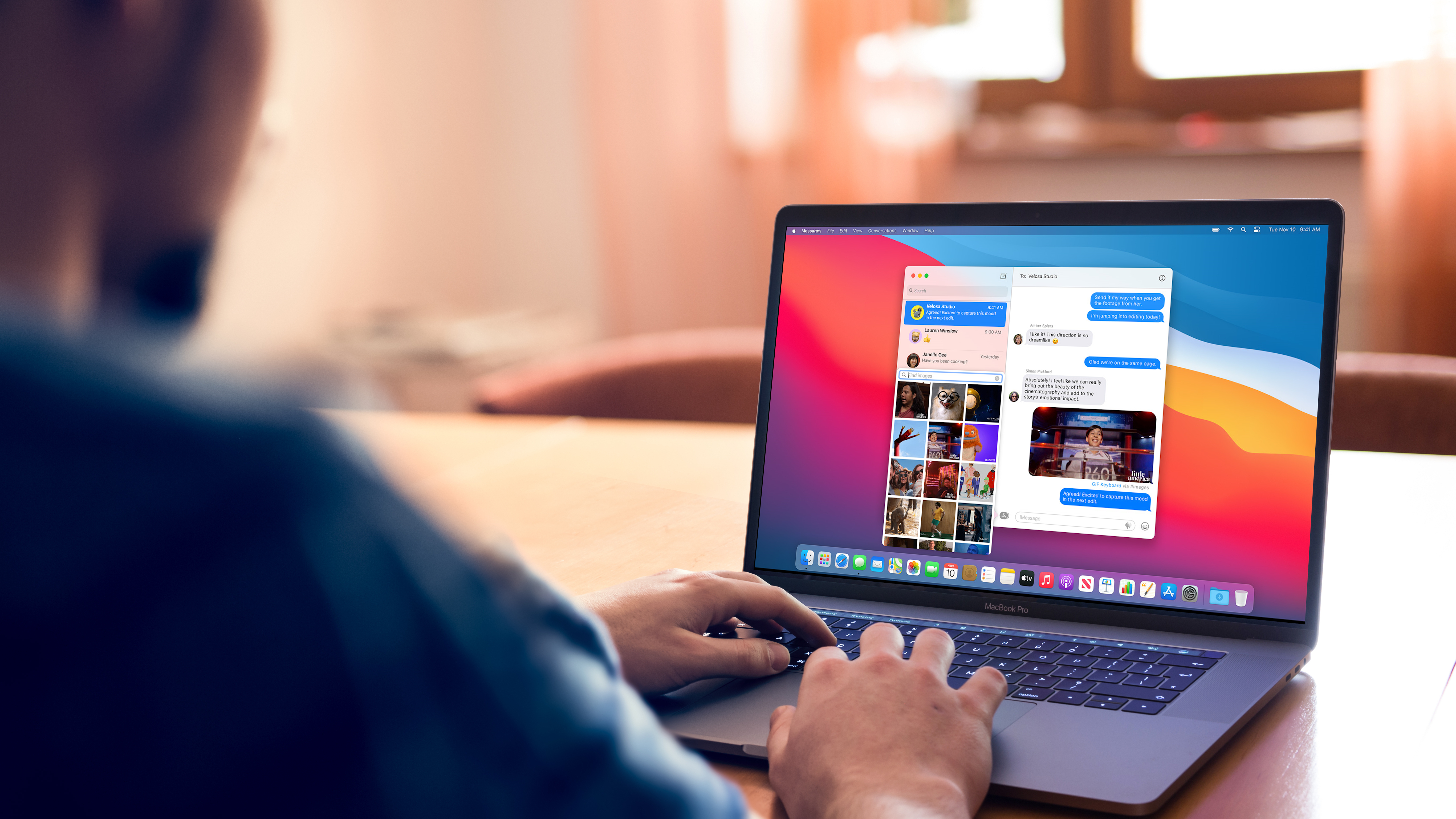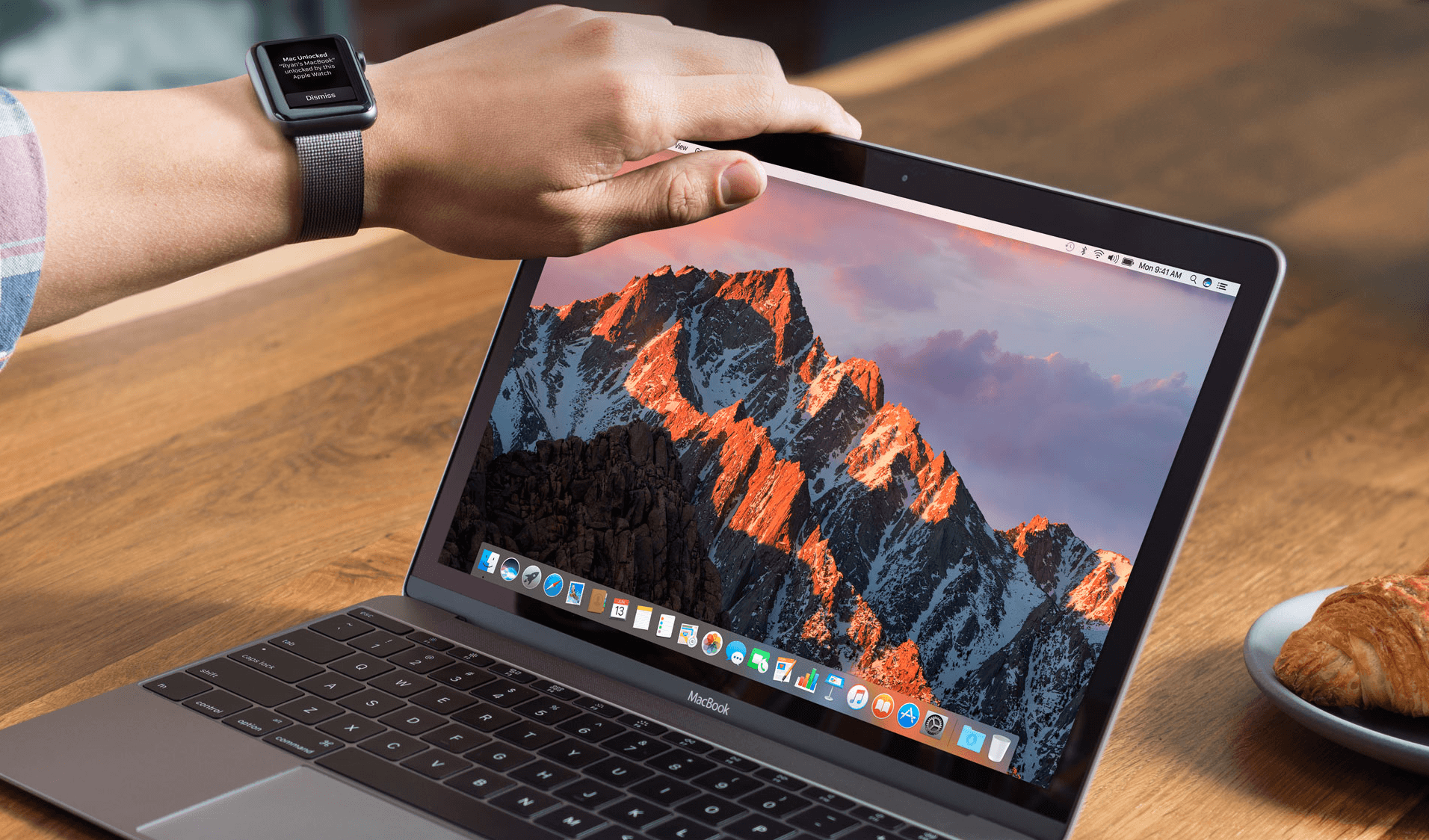Apple released macOS Big Sur on November 12, 2020. macOS Big Sur continues the list of Central California landmarks as well as marks the new operating system for Mac. Those who tried it say that it’s more stable. It also sports a refreshed version of Safari that is 50% faster than Chrome. Here’s how to perform a clean install of macOS Big Sur with pictures and helpful tips along the way.

What is a clean install? (Big Sur or any other macOS)
A clean install means that you install the macOS onto the erased drive.
The following links point to locations from Apple website where you can download various MacOS system software installers. MacOS Big Sur 11 (App Store link) macOS Catalina 10.15 (App Store link) macOS Mojave 10.14 (App Store link) macOS High Sierra 10.13 (App Store link) macOS Sierra 10.12 (Direct DMG download link).
Why is clean install more preferable?
A clean install is the opposite of macOS upgrade. You format your hard drive, and therefore, it keeps no leftovers from the previous macOS.
- macOS performs faster
- You get rid of apps you don’t use
- Persistent issues may go away

MacOS Big Sur elevates the most advanced desktop operating system in the world to a new level of power and beauty. Safari extensions in the App Store. New privacy information on the App Store lets you see a summary of the privacy practices of each app before you decide to download it — just like nutrition labels help you understand. Download macOS 11.2.1 Big Sur.DMG Final Installer Without App Store After testing and experimenting with different macOS Big Sur 11 Beta updates, Apple has officially released the all-new 'macOS Big Sur 11.2.1 Final Version (Build 20D75)' for Mac devices. Check the Product Support List below for the latest information about the compatibility of Brother products with macOS 11 Big Sur. We update this list regularly. The driver and software available for the earlier versions of macOS cannot be installed on macOS 11. More transparency in every download. New privacy information on the App Store lets you see a summary of the privacy practices of each app before you decide to download it — just like nutrition labels help you understand what’s in food before you buy it. Developers self-report how they use your data, including what data they collect.
Basic steps to clean install macOS Big Sur
The first step is to clean and back up your Mac to some external source. Then, you’ll need to download macOS Big Sur package to your Applications. Next, you’ll need to create a bootable USB installer (involves another external drive). And lastly, we’ll use Disk Utility to erase your Mac and install macOS Big Sur using the bootable USB device.

1. Clean & Back up your Mac
Cleanup
Cleaning your Mac is generally a healthy practice but since we’re about to back your Mac up, it’s worthwhile to get rid of system junk first. After we’ve cleaned your Mac, you’ll end up with a refreshed system ready for a Time Machine backup.
Time Machine will make a snapshot of your system.But before that we’ll ensure there's no unwanted leftovers on your entire Mac. To clean your machine automatically, you can run CleanMyMac X. This tool is one of the best-known cleaning utilities for Mac, and it’s been notarized by Apple.
Download the free version of CleanMyMac X cleaner here.
Install the app and click on System Junk to perform the scan.
Back up your Mac
Now, you’re ready to back up your computer. There is a tool built just for that purpose, you guessed it, Time Machine. Time Machine needs a storage source onto which it will copy your system.
So, you’ll need an external drive. This is the first external drive that we will use to clean install macOS Big Sur. This is the reserve backup for the worst-case scenario.
- Go to System Preferences > Time Machine.
- Connect an external drive (that’s more spacious than your current system).
- Select this Disk as a backup source in Time Machine.
Well done. The preliminary steps are done with, and we’re ready to clean install macOS Big Sur.
2. Download macOS Big Sur installer
macOS Big Sur has been released on November 12, 2020.
Since the public release in the fall of 2020, macOS Big Sur can be downloaded from the Mac App Store. It also can be found in the Software Updates pane in System Preferences.
So you’ll find it in System Preferences > Software Updates.
- Click Upgrade Now
Wait for the installer to download onto your drive. You will see the macOS Big Sur intro screen.
Don’t click Continue but for now, close this window by choosing Quit Install.
We only want to make sure that the app called Install macOS Big Sur.App is now firmly sitting in your Applications.
This is the file we’ll use later to run the clean install of macOS Big Sur via Disk Utility.
Now, and only now have we come to clean installing macOS Big Sur. This is only a short stop on the road, so catch your breath, and let’s move along.

3. Create a bootable Big Sur installer
Now, it’s time to grab another USB flash drive and connect it to your Mac. This drive should have at least 16 GB of storage space.
Wipe the drive clean with Disk Utility
- Pick this drive and click Erase in the top menu.
- Double-check what you’re erasing.
- Make sure the USB drive is shown as “Untitled”
- Under Format, choose: Mac OS Extended (Journaled)
All data on that disk will be lost, so beware.
Go to Terminal (Phew, we’re almost there)
This step will actually create the source disk so we can install Big Sur from bootable USB.
Launch Terminal app from your Launchpad.
Paste in the following command:
sudo /Applications/Install macOS Big Sur.app/Contents/Resources/createinstallmedia --volume /Volumes/Untitled
Type in your admin password and press Return and Y to confirm the action.
This command creates a bootable USB installer based on macOS Big Sur.app, which we’ve previously placed in your Applications.
Download Big Sur Without App Store
4. Erase your startup drive in Disk Utility
It’s time to wave goodbye to your current configuration. Remember, we’ve already cleaned it up from junk with CleanMyMac X and backed it up onto our first reserve USB drive.

Now, start your Mac in Recovery mode:
- Turn off your Mac and hold down Command + R.
- Choose Disk Utility from the menu.
- Choose your main startup drive and click Erase.
Voila! Your Mac is now formatted. What you can do now (actually, this the only thing you can do now) is to clean install macOS Big Sur 11 from the connected USB installer drive. If it’s not connected, connect the bootable USB installer now.
- Go back to the original Disk Utility screen
(If you can’t return to Disk Utility, restart your Mac and hold down the Option key) - Click Install macOS and choose to install it from the selected USB drive.
- Click on “Install macOS”
How do I regularly install macOS Big Sur?
The regular install is done via upgrading your current macOS. That is, you don’t erase your entire disk. When the new macOS Big Sur is officially released, you just open the App Store > Updates.
Or even better, go to your System Preferences > Software Updates
How to reinstall macOS Big Sur?
If for some reason your Big Sur macOS doesn’t work as expected, you can reinstall it by sending your Mac into Recovery Mode.
Download Big Sur Without App Store Free
- Restart your machine and hold down ⌘ + R
- Choose Reinstall macOS
That’s it.
As we’ve just seen, running a clean install of macOS Big Sur could be a crazy rabbit hole. We hope you survived. Now you’ll be rewarded with the best Apple’s operating system up to date. You’ll also have a clean Mac that works at blazing speed with a little extra help from our favorite Mac cleaner — CleanMyMac X. You can get started with a trial version — so download it here.
macOS Big Sur elevates the most advanced desktop operating system in the world to a new level of power and beauty. Experience Mac to the fullest with a refined new design. Enjoy the biggest Safari update ever. Discover new features for Maps and Messages. And get even more transparency around your privacy.
Check compatibility
macOS Big Sur is compatible with these computers:
MacBook introduced in 2015 or later
MacBook Air introduced in 2013 or later
MacBook Pro introduced in late 2013 or later
Mac mini introduced in 2014 or later
iMac introduced in 2014 or later
iMac Pro
Mac Pro introduced in 2013 or later
View the complete list of compatible computers.
Download Big Sur Without App Store Download
If upgrading from macOS Sierra or later, macOS Big Sur requires 35.5GB of available storage to upgrade. If upgrading from an earlier release, macOS Big Sur requires up to 44.5GB of available storage. To upgrade from OS X Mountain Lion, first upgrade to OS X El Capitan, then upgrade to macOS Big Sur.
Make a backup
Before installing any upgrade, it’s a good idea to back up your Mac. Time Machine makes it simple, and other backup methods are also available. Learn how to back up your Mac.
Get connected
Download Macos Big Sur Installer
It takes time to download and install macOS, so make sure that you have a reliable Internet connection. If you're using a Mac notebook computer, plug it into AC power.
Download macOS Big Sur
If you're using macOS Mojave or later, get macOS Big Sur via Software Update: Choose Apple menu > System Preferences, then click Software Update.
Or use this link to open the macOS Big Sur page on the App Store: Get macOS Big Sur. Then click the Get button or iCloud download icon.
Begin installation
After downloading, the installer opens automatically.
Click Continue and follow the onscreen instructions. You might find it easiest to begin installation in the evening so that it can complete overnight, if needed.
If the installer asks for permission to install a helper tool, enter the administrator name and password that you use to log in to your Mac, then click Add Helper.
Allow installation to complete
How To Update To Big Sur
Please allow installation to complete without putting your Mac to sleep or closing its lid. Your Mac might restart, show a progress bar, or show a blank screen several times as it installs both macOS and related updates to your Mac firmware.
Stay up to date
After installing macOS Big Sur, you will be notified when updates to macOS Big Sur are available. You can also use Software Update to check for updates: Choose Apple menu > System Preferences, then click Software Update.
Or get macOS Big Sur automatically
If you're using OS X El Capitan v10.11.5 or later and your App Store preferences or Software Update preferences are set to download new updates when available, macOS Big Sur will download conveniently in the background, making it even easier to upgrade. A notification will inform you when macOS Big Sur is ready to be installed. Click Install to get started, or dismiss the notification to install later. When you're ready to install, just open the file named Install macOS Big Sur from your Applications folder.
Learn more
Download Big Sur Without App Store Apk
- If the installer shows a list of apps that are not optimized for your Mac, learn about 32-bit app compatibility, then choose whether to proceed with the installation.
- For the strongest security and latest features, upgrade to macOS Big Sur. If you have hardware or software that isn't compatible with Big Sur, you might be able to install an earlier macOS.
- You can also use macOS Recovery to reinstall the macOS you're using now, upgrade to the latest compatible macOS, or install the macOS that came with your Mac.
